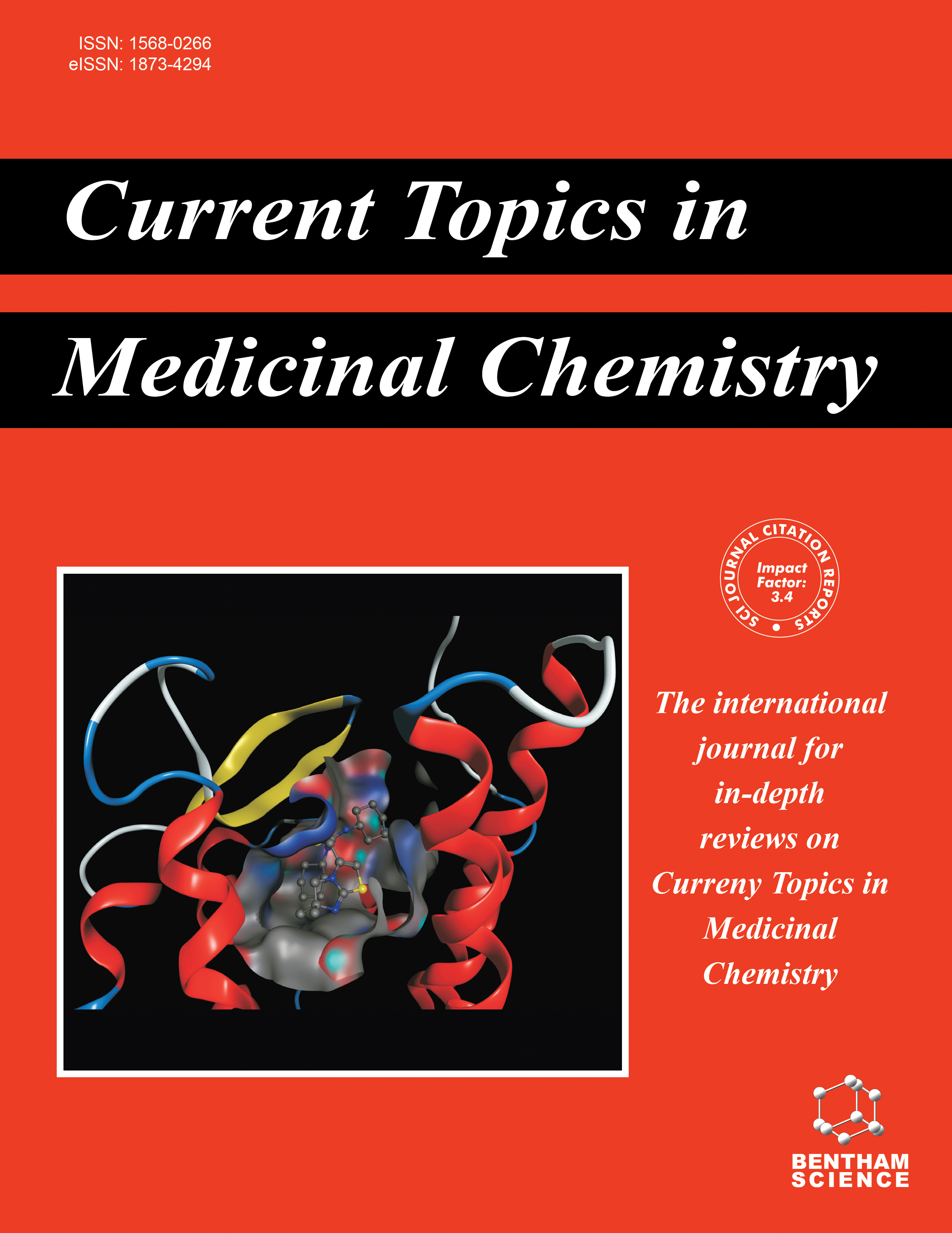
Full text loading...

Polycystic ovary syndrome (PCOS) is a common endocrine and metabolic disorder affecting 70-75% of women. This condition is frequently linked with large and dysfunctional ovaries, high levels of androgens, and insulin resistance. A variety of conventional treatments, including metformin, oral contraceptives, and anti-androgen agents, have been used to treat PCOS and its complications, but they have been linked to several negative side effects, including hyperkalemia, weight gain, cardiovascular and hepatic toxicity, vitamin B12 and folic acid deficiency. As a result, there is growing interest in natural methods as complementary or alternative approaches to mitigate these side effects. According to several studies, traditionally used Natural oils (NOs) from various sources have been utilized to identify their ameliorating characteristics against PCOS. The paper aims to study pre-clinical investigations and clinical studies of NOs from different sources against PCOS and gives a comprehensive overview of controlling PCOS. Also, it highlights and tabulates the prominent bioactive phytoconstituents from the reported NOs and their mechanism of action.
For this review purpose, the authors have gone through a vast number of scientific literature from different scientific databases like Google Scholar, ScienceDirect, Web of Science, and PubMed.
Mentha spicata L., Foeniculum vulgare Mill., Linum usitatissimum L., Nigella sativa L., Bambusa bambos (L.) Voss, Thuja occidentalis L., Syzygium aromaticum L., Pimpinella anisum L., Rosa canina L., Cocos nucifera L., Oenothera biennis L., Corylus avellana L., and fish oil have been reported to have anti-PCOS activity by maintaining body weight, testosterone, LH, FSH levels, and improving ovarian cysts.
NOs derived from plant and animal sources show promise in treating PCOS by balancing hormone levels, enhancing ovarian morphology, and alleviating metabolic symptoms. However, significant clinical trials and molecular research are required to evaluate their therapeutic potential, identify suitable dosages, investigate their precise mechanisms of action, and ensure long-term safety and efficacy in PCOS management.
Further research is needed to understand the molecular mechanisms of NOs responsible for anti-PCOS activity. Studies are needed to concentrate on their mechanisms of action, routes of impact, safe dosage, and potential side effects to ensure their efficacy and safety in treating PCOS.

Article metrics loading...

Full text loading...
References


Data & Media loading...